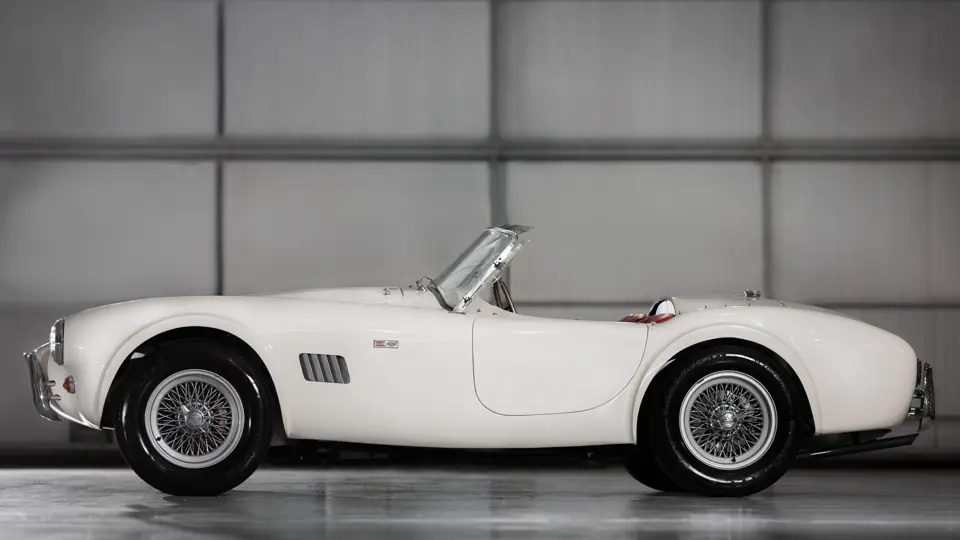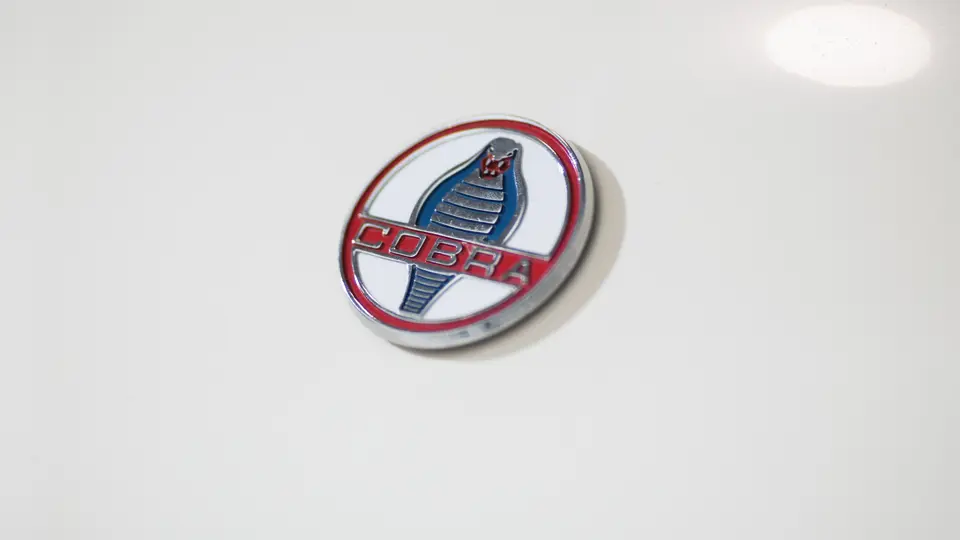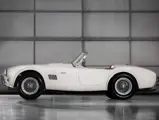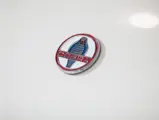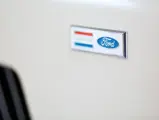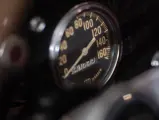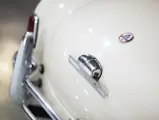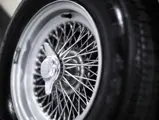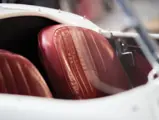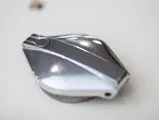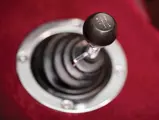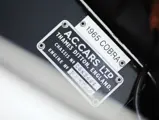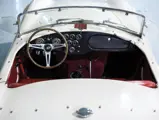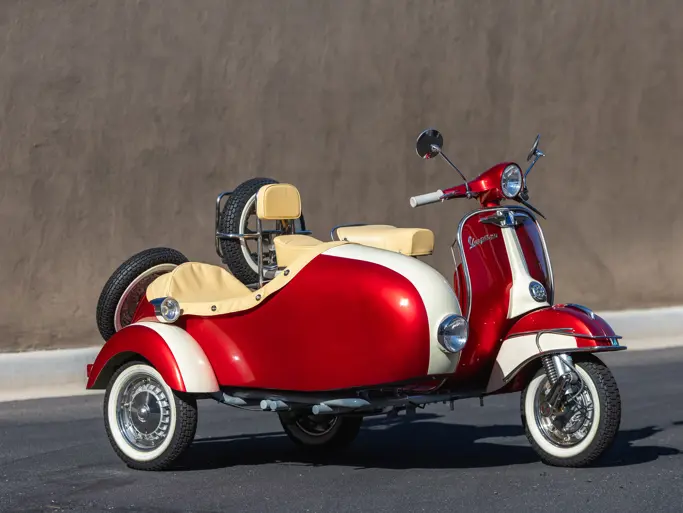271 bhp, 289 cu. in. overhead-valve V-8 engine with four-barrel carburetor, four-speed manual transmission, independent front and rear suspension with A-arms, transverse leaf springs and tube shock absorbers, rack-and-pinion steering, and four-wheel hydraulic disc brakes. Wheelbase: 90 in.
The history of Anglo-American hybrid sports cars can be traced back to the original Ford V-8 of 1932, which provided bulletproof engines to power elegant two-seaters. Famous marques with this configuration between the wars included Jensen, Railton, Batten, and a homebuilt V-8 Ford special that even won the 1936 Monte Carlo Rally.
But Carroll Shelby’s 1962 Cobra Roadster represents the pinnacle of the concept. It was a matter of perfect timing, as Shelby, at 37, was winding up a very successful racing career, which had peaked in 1959, when he won the 24 Hours of Le Mans race for Aston Martin. Shelby became the Goodyear Racing tire distributor for the Western U.S. in 1961, and he started his own racing school at Riverside Raceway in California. All he needed now was a car bearing his name.
It was also perfect timing for AC Cars, of Thames Ditton, United Kingdom. Their Ace Roadster, with its simple, sturdy, yet compliant chassis, which was engineered by John Tojiero, and its Bristol-supplied inline six, was well proven as track competitive. However, this engine, which was based upon a pre-war BMW design, was going out of production, and AC needed a modern powerplant to keep the model relevant as well as competitive. Shelby had experience racing an Ace earlier in his career, and he was impressed with its handling and overall lightweight package, which was highlighted by its lithesome aluminum body. Its great looks didn’t hurt either.
So master dealmaker Carroll Shelby scored another hit. With Ford supplying engines and AC selling the hybrid cars under their own name in the UK, Shelby American was formed to build and market the Shelby Cobra.
As the new cars were completed in Shelby’s California factory, many headed straight to the race track. The first 75 cars were powered by the 260-cubic inch motor, which then gave way to the 289-cubic inch Windsor V-8. In race prep, this could generate up to 370 horsepower in a car that weighed only 2,000 pounds, which was 500 fewer than the Corvettes. The Cobras gave GM fits, starting with Dave MacDonald’s first victory at Riverside on February 2, 1963. MacDonald smoked a field of Corvettes, Jaguars, Porsches, and Maseratis, and every hot-blooded sports car aficionado in the U.S. wanted a Shelby Cobra, like the example offered here.
Chassis number CSX 2421 was, according to the most recent SAAC World Registry, shipped to Los Angeles aboard the SS Dintledyk, and it was invoiced on November 6, 1964, to Jerry Watson Ford, of Fort Wayne, Indiana. However, that invoice was soon voided, and the car returned to Los Angeles, for sale by Carroll Shelby’s own dealership, Hi-Performance Motors, from which it was soon sold.
By the early 1970s, the Cobra made its way to Pennsylvania, into the subsequent hands of its first SAAC-documented owners, Quaker State residents Bill and Kathy Armstrong, in 1974. The Armstrongs were great enthusiasts with a small collection of cars, which also included an Austin-Healey and “his-and-hers” Morgans. For much of the decade, they enjoyed showing their Cobra in various Eastern and Midwestern events, winning an award at the New Hope Auto Show and Best Cobra at the first annual SAAC meet in Brown County, Indiana, in 1978.
That year, Mr. Armstrong, a military man, was sent to serve his country abroad for several years. His wife accompanied him, and their cars were put into storage, where they apparently intended to retrieve them upon their return in the 1980s. For reasons unknown at the time of this writing,that never happened, and only recently was the Cobra discovered, having another known ownership change, and it is now ready to return to public view.
The car continues to display the paint and interior that was renewed for the Armstrongs in the 1970s, which remain in the original colors, and overall, it has survived in remarkingly fine condition. An inspection of the body and chassis reveals no evidence of the car having ever been damaged or undergone significant repairs, with no such incidents cited I the SAAC World Registry. To ensure that the body and chassis remained in such fine condition, the car was placed into long-term storage in 1978. The current owner reports that much of the trim and hardware present on the car is original, and each piece still bears the correct 2421 number. In addition, the Shelby is still equipped with its original, charmingly yellowed Stewart-Warner gauges, with the odometer reading 41,000 miles, as well as with its original top and side curtains.
For decades, since the beginning of the Cobra’s status as a true “collectible,” CSX 2421 has been sought, but it has remained off the radar. Today, it is offered as one of the very few remaining unmolested Cobras, as it has only been cosmetically refinished in period and is otherwise original and of great purity. Its idle days are over, and it is ready to begin a happy new life with an owner who may drive and enjoy it as its creator intended.


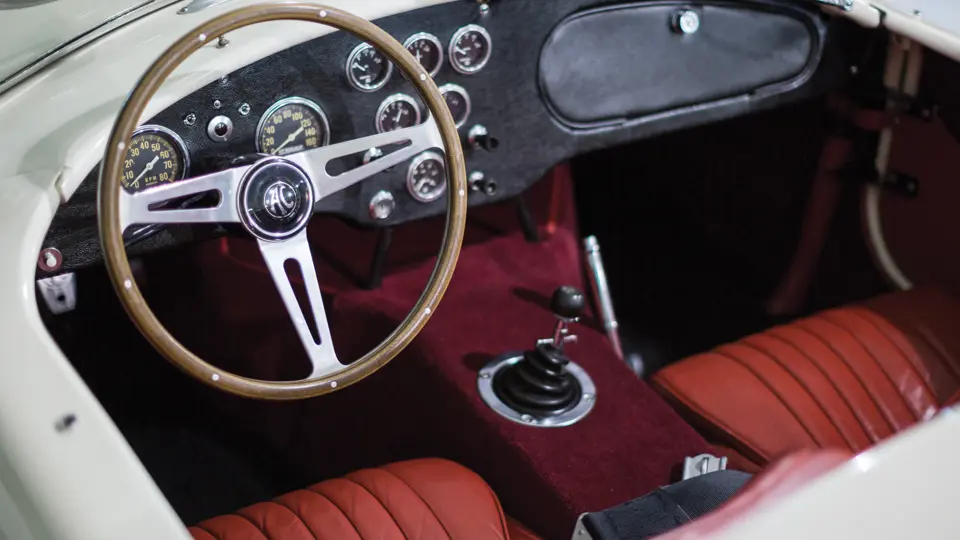


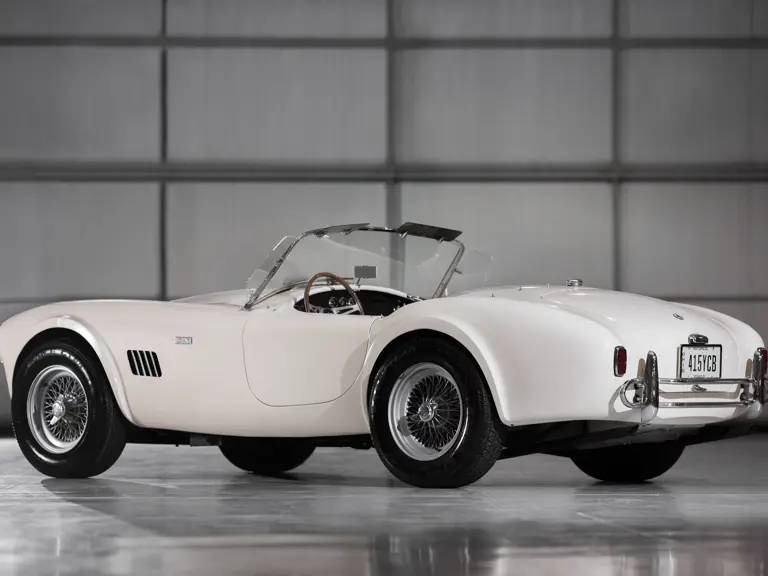
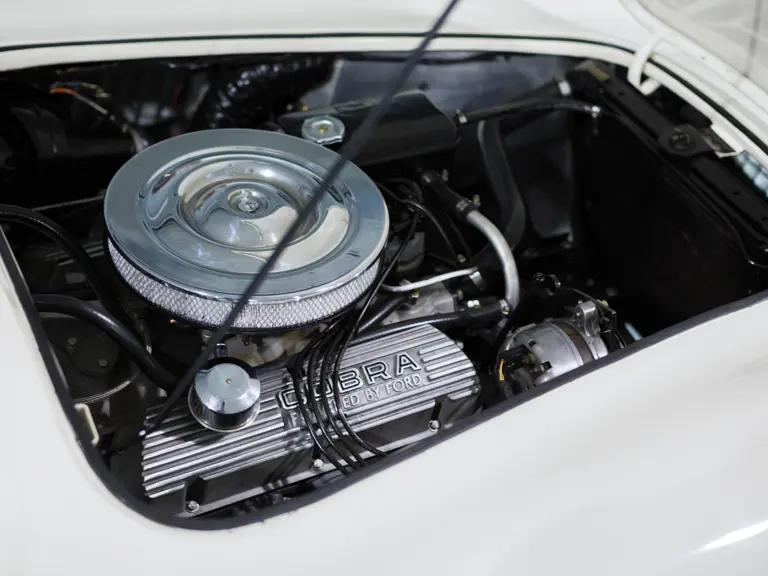
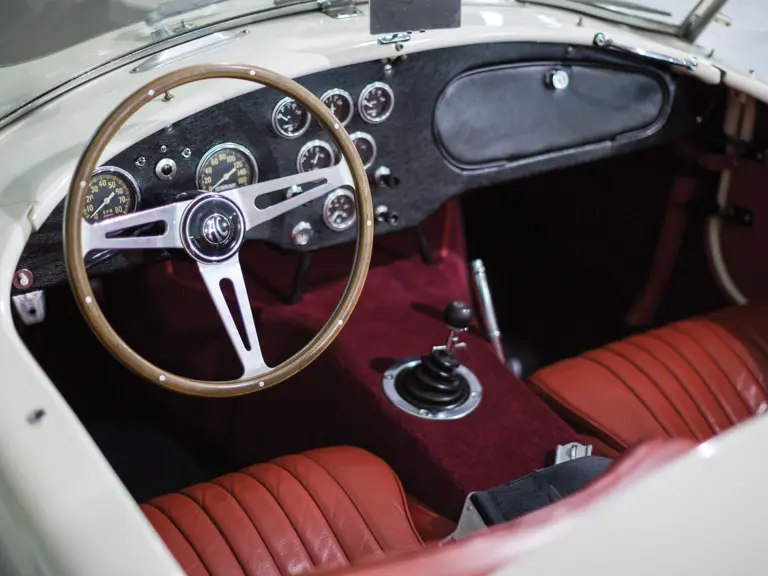

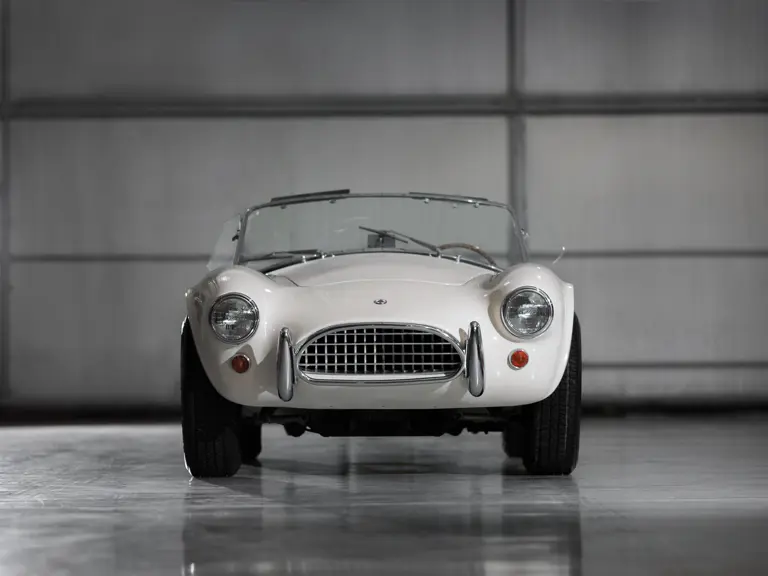
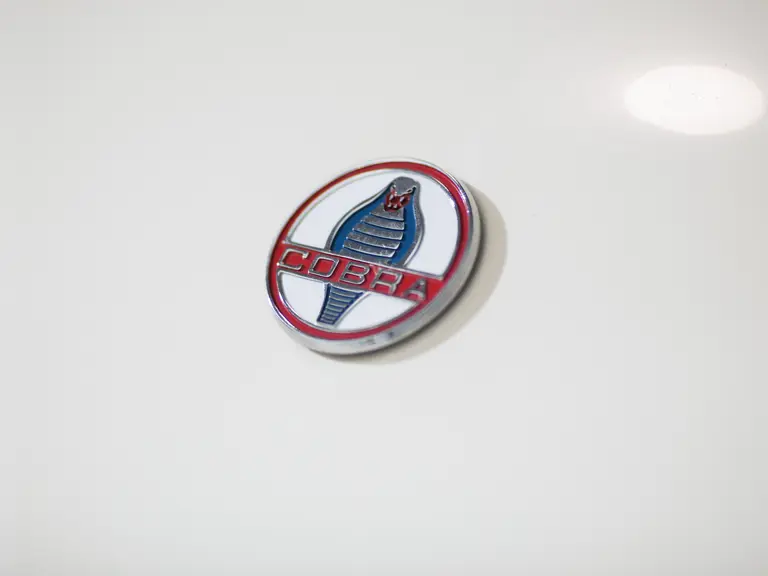

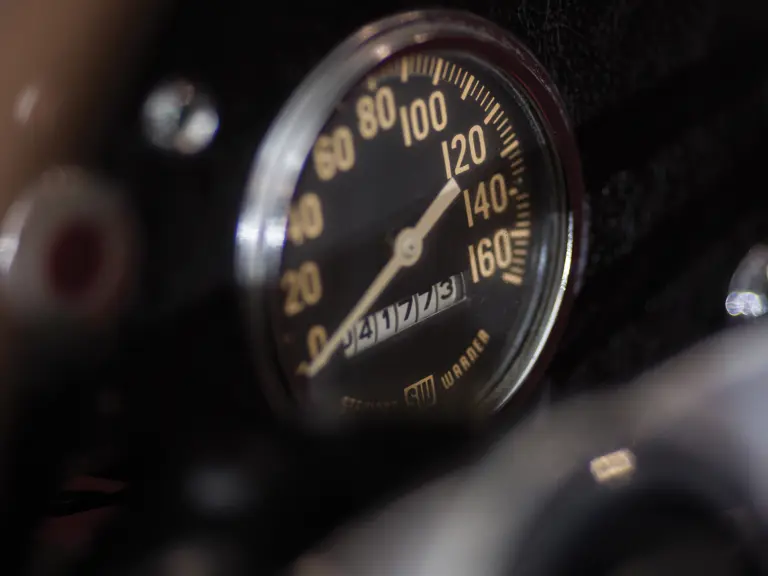
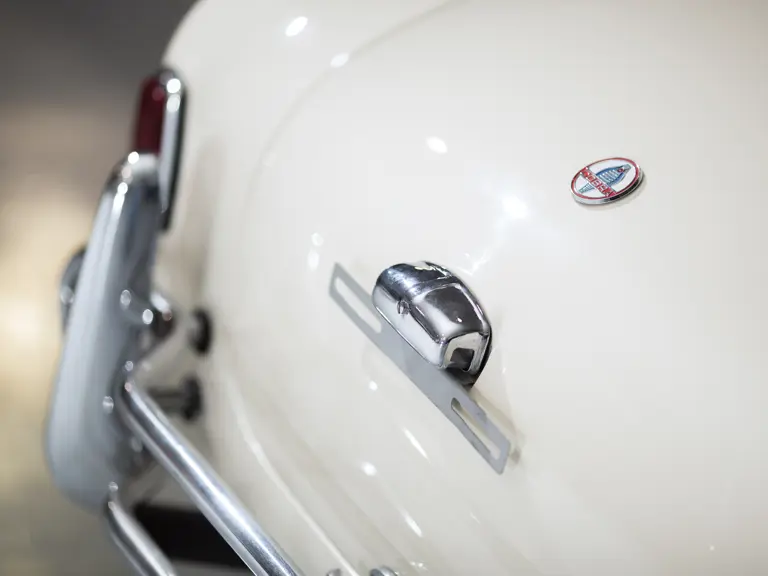

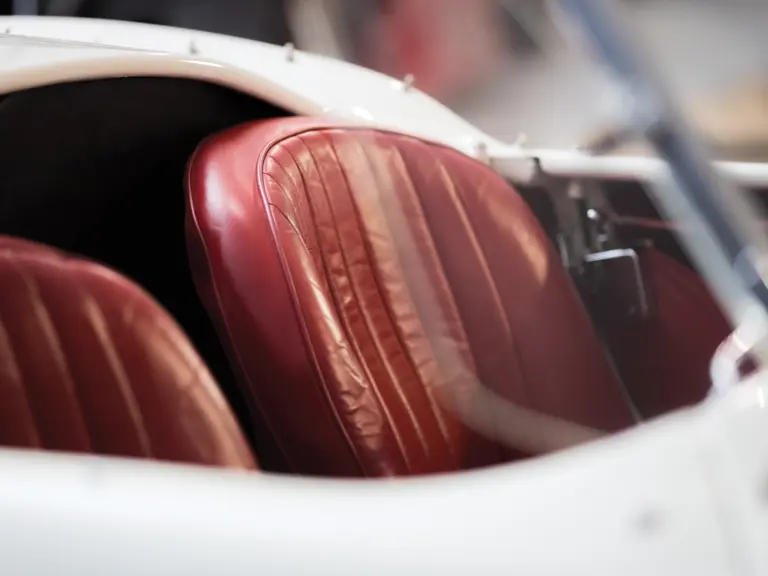
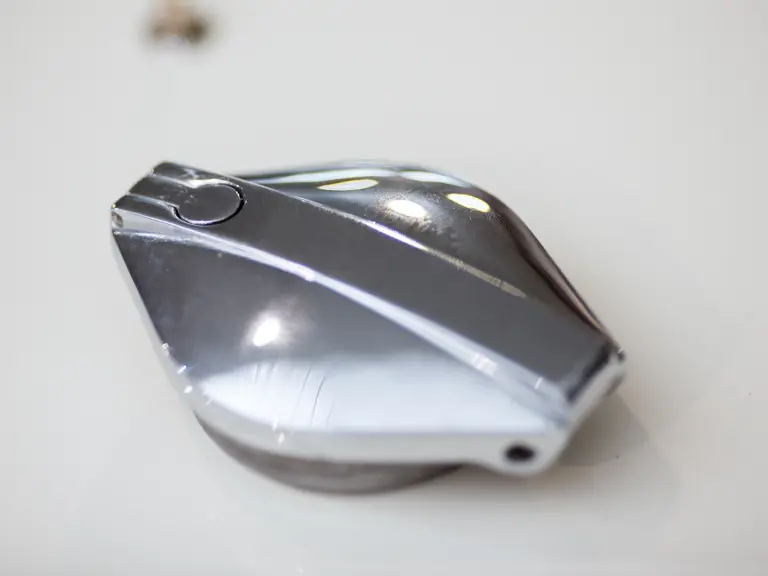
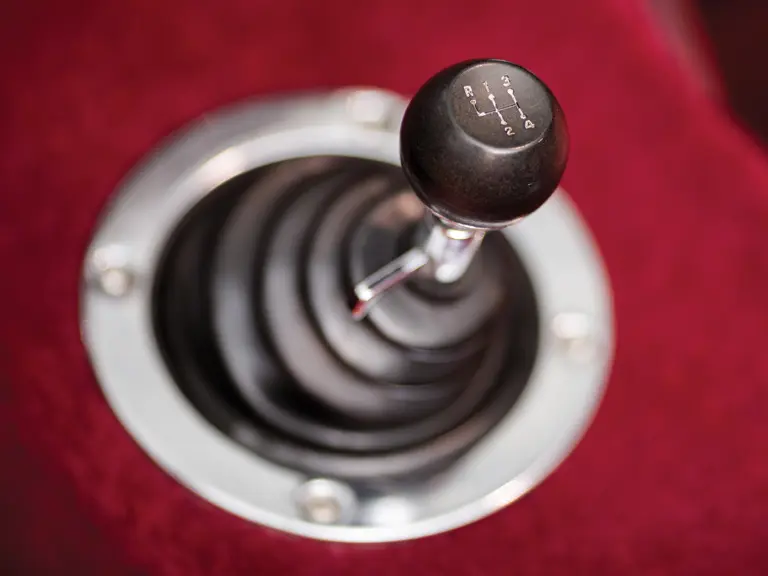
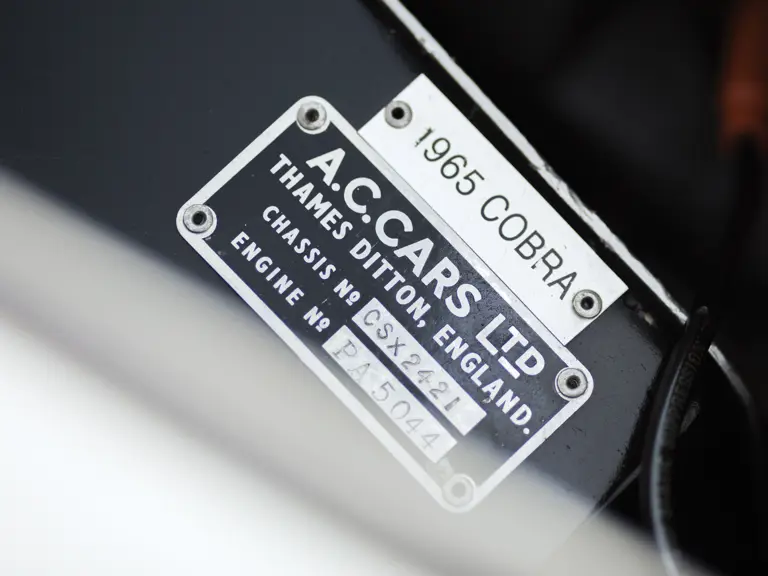
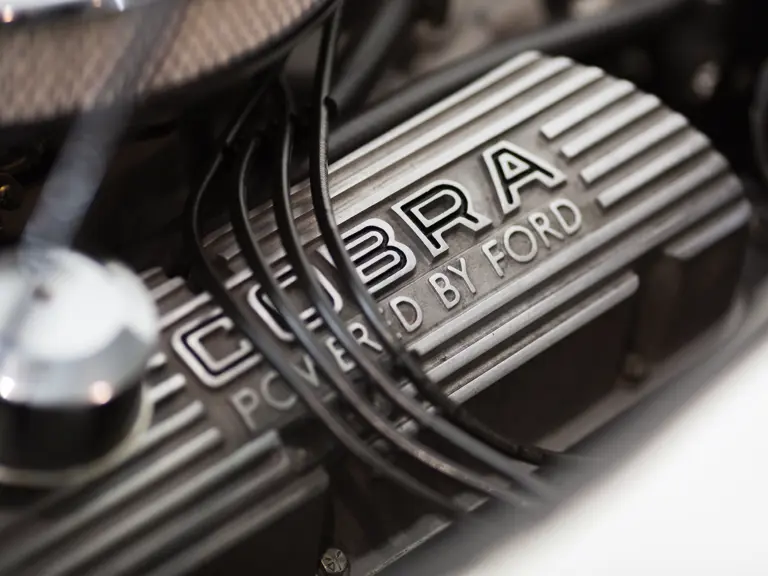
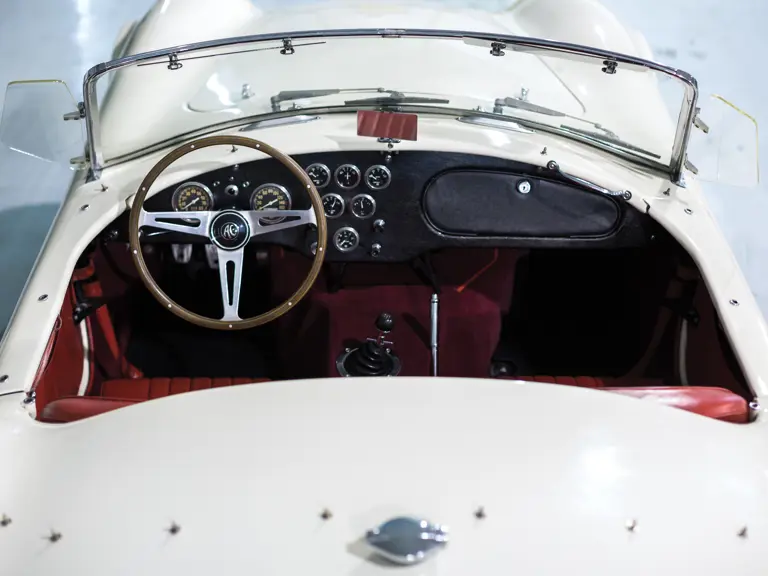
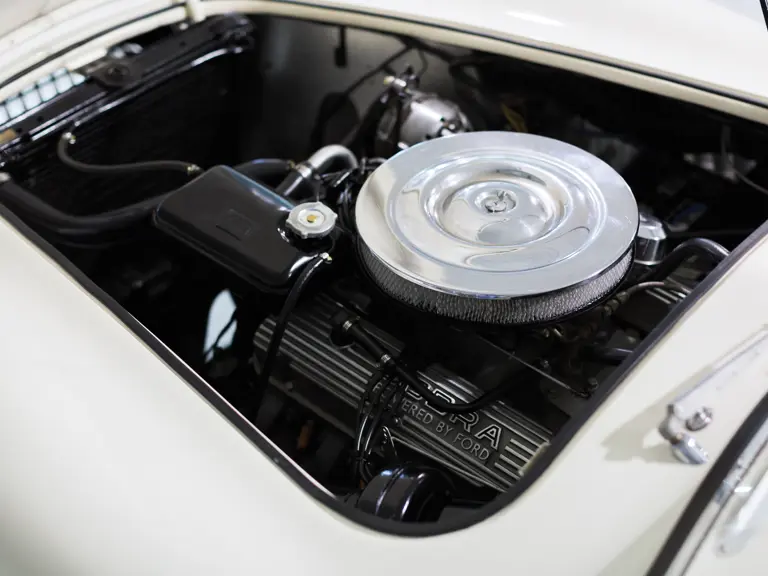

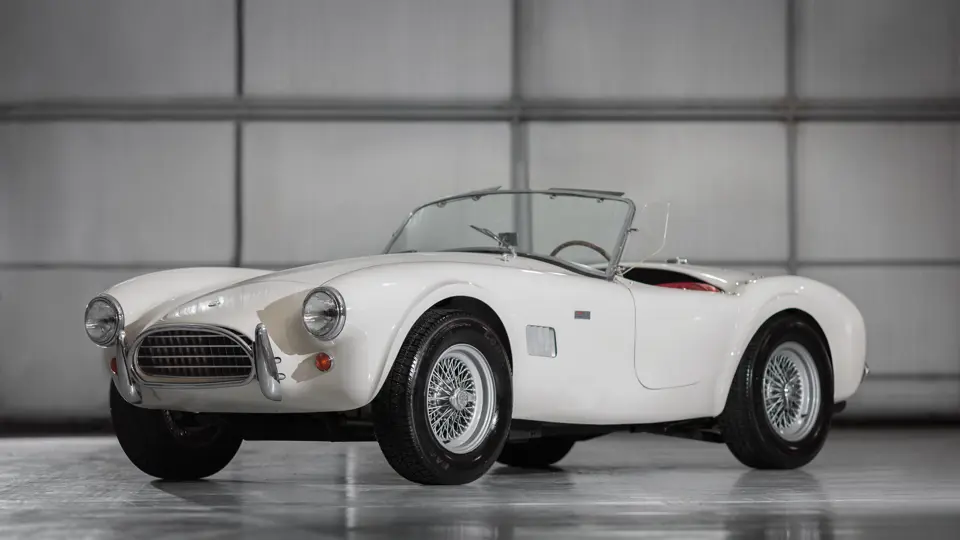
 | Amelia Island, Florida
| Amelia Island, Florida
